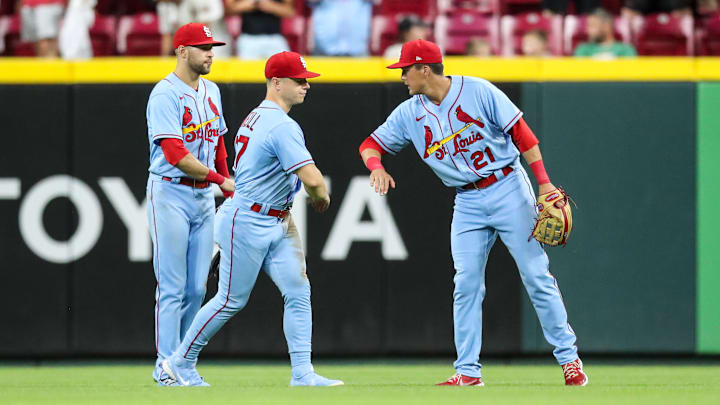Overall, the Cardinals had a successful deadline. They snagged some pitching prospects with middle-of-the-rotation potential, rebuilt the farm system, and offloaded players with expiring contracts. All of these items were needed, and the front office did a good job addressing them at the trade deadline.
For all of the successes John Mozeliak and Co. had at the deadline, they had just as many shortcomings. The goal of the deadline was to gather pitching, particularly pitching that could help the team in the very near future. While the team did trade for some top-30 organizational prospects, the players don't appear to be top-of-the-rotation arms just yet. They may blossom into that, but at the moment, the newly-acquired players appear to be depth pieces.
Fans and pundits alike called for top-end pitchers, both from the major league rosters of other teams and high-end prospects from the minors. MLB Players such as Dylan Cease, Aaron Civale, Logan Gilbert, Bryan Woo, and Clarke Schmidt in addition to prospects such as Clayton Better, Brandon Pfaadt, and Max Meyer could have all been had in the correct trade. All of these players have been or could be great starters, and they all have multiple years of control remaining on their contracts.
